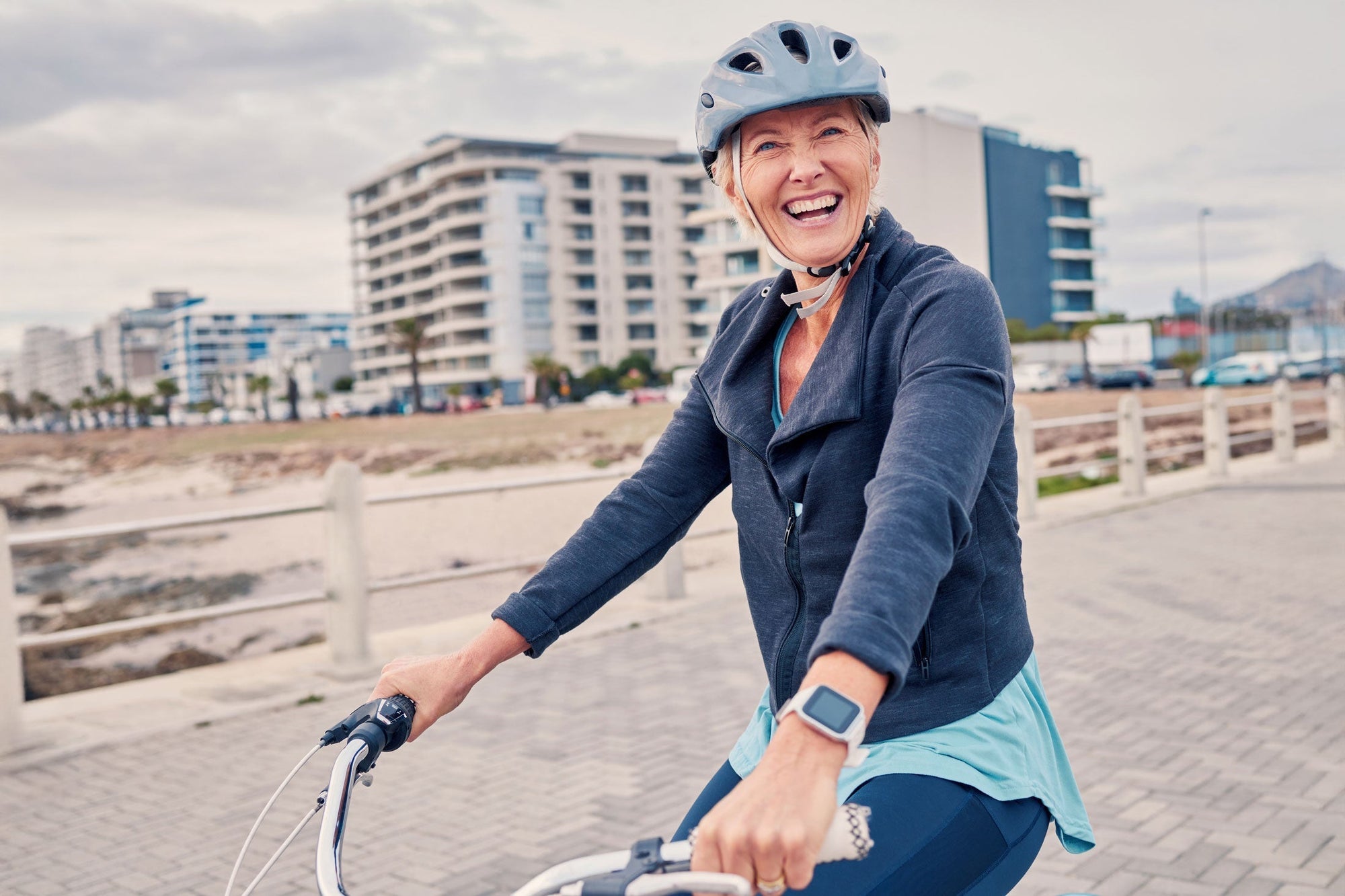If you’re looking for an easy, science-backed way to lower your blood sugar levels, here’s a tip you can start today: take a short walk after your meals. It’s a small habit that packs a big punch, especially for pre-diabetics and those with type 2 diabetes. But even if you’re just interested in living a longer, healthier life, keeping blood sugar steady is a goal worth chasing. Let’s dive into why walking after eating could be your new go-to strategy.
Level Out the Post-Meal Blood Sugar Spike
After you eat, your blood sugar naturally rises as your body breaks down carbohydrates into glucose. For most people, this spike isn't a big deal. Their blood sugar goes up a bit and then comes right back down to normal within a couple of hours. But for pre-diabetics and those with type 2 diabetes, these post-meal (or postprandial) surges can go higher and stay high for a much longer time. Once in a while, not so big of a deal. But every meal? This is metabolic distress leading to all of the damage of high blood sugar and high insulin over time--damage to your eyesight, more skin infections, pain in your feet from neuropathy, damage to your kidneys, and even amputations of appendages and limbs that don't get good circulation. No one wants the ravages of uncontrolled blood sugar.
It all happens very slowly, with HbA1c levels climbing higher and higher. But over time, these frequent after meal spikes contribute to higher HbA1c levels—a key marker of long-term blood sugar control—and increase the risk of complications.
But here is the good news. You don’t need fancy gadgets or strict diets to smooth out those spikes. A simple walk might do the trick.
The Science Behind Walking After Eating
Research shows that breaking up prolonged sitting with brief light walking, including after a meal, can really help. A meta-analysis of seven one-day interventions found that just 2 minutes of light walking after eating can lower blood sugar levels. The sweet spot? Walking within 60–90 minutes after a meal, when blood sugar typically peaks. Compared to sitting or standing, this short burst of movement leads to a more gradual rise and fall in glucose—keeping things steady rather than spiky.
Another randomized controlled cross-over study took it a step further. The research group found that walking after eating for just 10 minutes was more effective for controlling blood sugar than 30 minutes of walking at any other time. So, when you walk matter. These short, post-meal strolls could be especially effective for people with type 2 diabetes. It’s not about burning calories or breaking a sweat—it’s about giving your body a gentle nudge to process glucose more efficiently.
Who Could Benefit from a Walk After Eating?
If you’re pre-diabetic or managing type 2 diabetes, walking after eating could be a game-changer. It’s a low-effort way to tackle those postprandial sugar spikes and, over time, potentially lower your HbA1c levels. But this isn’t just for those with a diagnosis. Anyone interested in longevity can benefit from keeping blood sugar levels steady and relatively low. Wild swings in glucose aren’t great for your energy, mood, or long-term health—so why not take a proactive step (literally) to keep things balanced?
Here's How to Make It Work
You don’t need a treadmill or a gym membership—just a pair of shoes and a few minutes. And you most likely already have both of those. Here’s how to get started:
Easy does it:
Aim for just 4-10 minutes of easy walking when you are done eating, depending on what you physically can do and your schedule. Aim for an amount that you are confident you can do. You don't have to do 100 jumping jacks or 5 minutes of sprints. You just need some regular walking. You can walk fast if you want, but if you make it difficult or uncomfortable you are not likely to make this a sustainable habit.
Time it right:
Try to walk within an hour or so of eating, when your blood sugar is most likely to climb. Avoid the sofa and keep moving right past it.
Make it a habit:
Pair your walk with something you already do—like chatting with a friend or catching up with a family member, or talking on the phone while you walk around the block. Make it a social event that is rewarding on more than one level.
A Small Step for Big Results
Walking after eating isn’t a cure-all, but it’s a simple, accessible tool to help control blood sugar levels. For pre-diabetics and type 2 diabetics, it’s a practical way to manage post-meal spikes and support better HbA1c numbers. For everyone else, it’s a smart habit to promote metabolic health and longevity.
Set a Goal to Walk After Eating
So, sit down and make a SMART goal to take a baby step. For example, choose something like, "I will take a 5-minute walk after lunch 3 times this week and a 10-minute walk after dinner 4 times this week." Make it your own goal. Make it specific and attainable and time-bound. Don't shoot for the impossible or for what is beyond what you can do right now. Figure out what the barriers are that will get in your way, and make a plan for how to work around them. Just set it for the next week and then reevaluate where you are at in 7 days. What went well? What did you learn? And then set a new goal next week.
Often it is the little action steps that build on each other that build health. It isn't a big, lofty grand action that makes you lose weight and control your blood sugar. It is a hundred little steps like this one that will build your health. You know what to do. Now go and do it.







